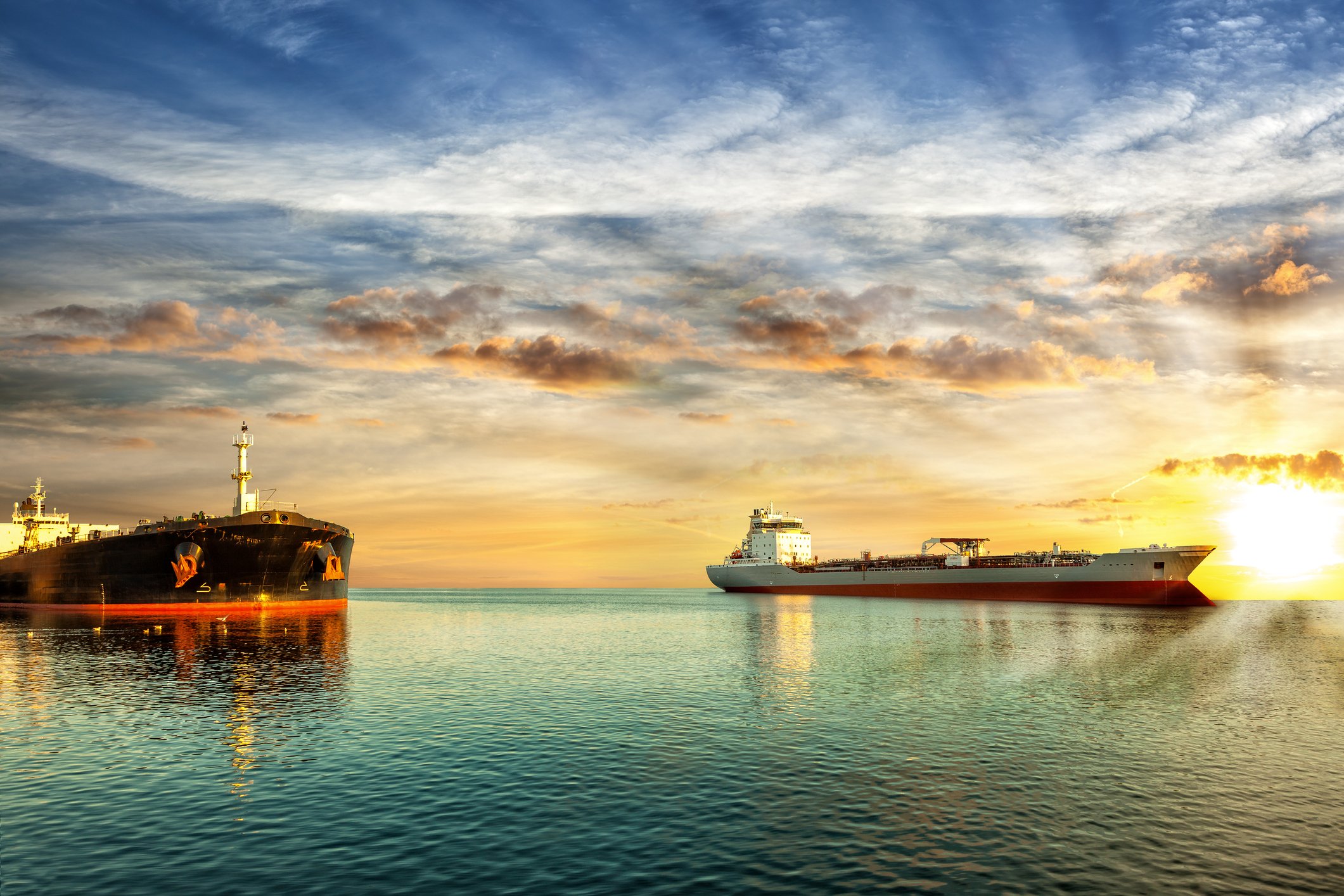
Source: DryShips,
The earnings report and conference call transcript is now available for DryShips (DRYS +0.00%). It became the third company after Navios Maritime Partners (NYSE: NMM) and Diana Shipping (NYSE: DSX) to give you the status and outlook for the dry shipping industry. While all three are optimistic and hopeful about the short term, DryShips offered some additional interesting analysis not often mentioned by other executives and analysts.
First, the bad news
Diana Shipping has a bit of a reputation for operating, and reporting, more cautiously than its peers. The bad news, if Diana Shipping is correct, is that the rate environment for dry shipping is mostly being supported by an economic bubble in China. That is not sustainable.
The number one thing that has been driving rates and is expected to continue driving rates upwards is iron ore demand from China. Much of these shipments have been funded by cheap credit and the "Unofficial Economic Stimulus" from the China Development Bank, according to Diana Shipping, which can't last forever.
Still, Diana Shipping sees volumes increasing in the short term for iron ore as well as other commodities such as coal and grain. As long as the supply of new ships built doesn't get out of control, the company sees higher rates ahead despite the medium- to long-term concerns.
Better news
Meanwhile, Navios Maritime Partners has a more optimistic view. The company believes "the cycle is turning," and "the drybulk environment has brightened significantly." In fact, Navios Maritime Partners is so confident beyond just the short term that it has committed to paying a generous quarterly dividend through the end of 2015 and is prepared to raise it even more.
Navios Martime Partners believes the demand side will pick up, the supply side will go down, and the dry shipping industry will get healthier. But where's the evidence that this is happening now?
Best news
DryShips takes the optimism a key step further by offering additional hard evidence and analysis. CEO George Economou is "very excited" about what he's seeing. He stated, "Following a period of oversupply the recent volatility in the tanker and drybulk sectors is a clear sign of a balanced supply demand picture."
Economou's implication is this: The supply of dry ships is getting tight, and the extreme volatility is more so the evidence of a supply imbalance less so the symptom of demand shifts. The shipping supply is "illiquid," so to speak, so little supply available results in extreme price swings. This means, and also implies, that any uptick in demand could send rates into the stratosphere.
With this in mind, watch the swings in the daily spot rates coupled with macro news. When you see drastic swings without any material news, perhaps you are seeing the effects of this ultra-tight supply, according to Economou and DryShips.
For the second indicator, Economou added, "Asset prices are rising which is a strong indication of current market sentiment. We are optimistic and expect a sustainable recovery in 2014 and beyond." This means that the cost of ordering new ships is rising.
New ship orders now would take a long time to be built (one to two years for a delivery in 2015 or 2016), which implies that the market itself for both buyers and builders is optimistic for a sustained recovery beyond the short term. The rates for new ships are determined, in part, by the buyers' expected cash flows. This indicator is pointing up, according to DryShips, and it suggests the next two years will be part of a sharp recovery.
Foolish final thoughts
The two little-mentioned indicators are the volatility in the daily spot rates (even absent any news) and the asset prices for new ships. Keep in mind there are also the two main concerns for the industry: the global supply of ships, and demand from China falling off from after the country's credit bubble bursts. First, if prolonged volatility levels off, that could be the start of a supply worry. Second, if the asset prices for new and used ships start sliding backwards, it could give an early warning sign that the long-term picture is heading into trouble.







